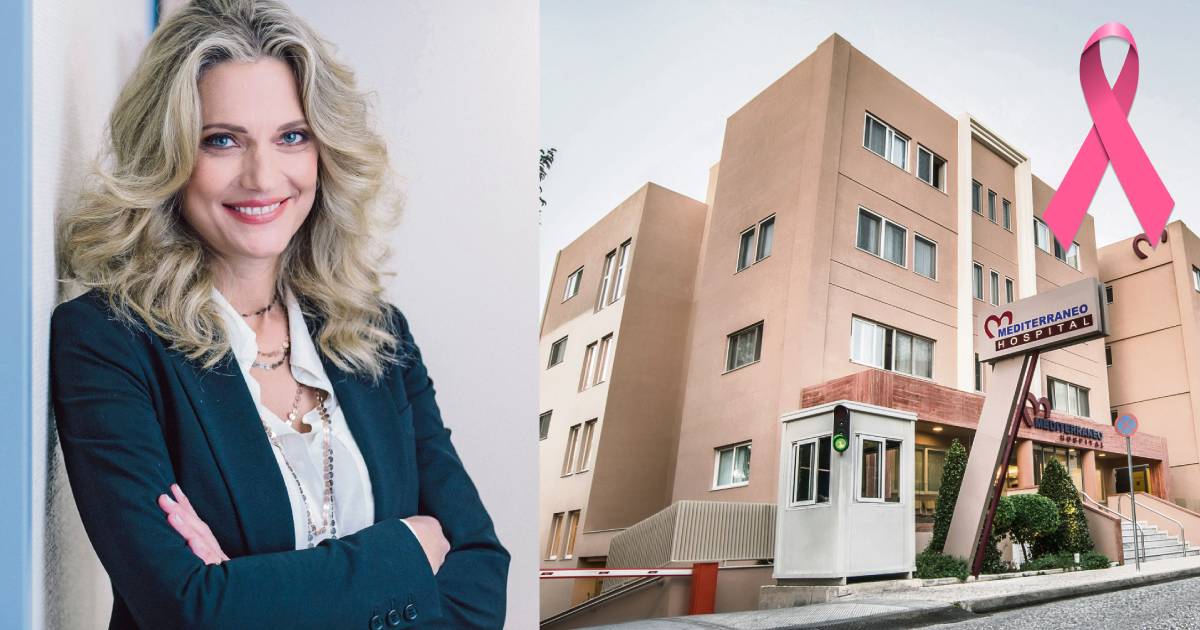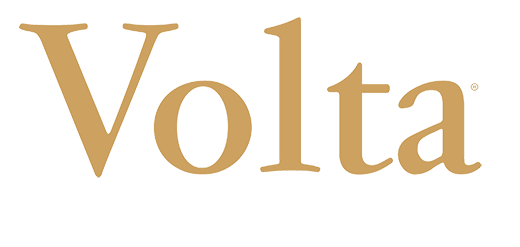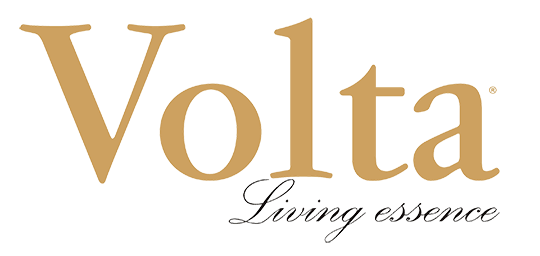Preventive Screening Saves Lives

Breast cancer screening should include clinical examination by specialists and imaging with mammography and ultrasound. The first mammogram is recommended at 40 years of age and should be repeated annually.
Mammography: Simple, Quick, and Effective.
Mammography is a quick and simple procedure that should not cause anxiety. Recent studies suggest that taking a common pain reliever an hour before the exam can help women with sensitivity or discomfort during previous mammograms, ensuring a more relaxed experience. Women should carefully select a center with high-quality imaging technology and experienced breast radiologists for the best possible results.
Digital Mammography, Ultrasound, or MRI?
Ultrasound enhances mammography, particularly in detecting hidden malignancies in women with dense breasts. Combining the two methods can increase detection rates by 30–40%. Ultrasound also evaluates specific clinical or mammographic findings and monitors younger women. MRI provides additional support for atypical findings, post-surgical follow-ups, or implant evaluations. It is also recommended preoperatively in young women with breast cancer or those undergoing neoadjuvant chemotherapy. Used with mammography and ultrasound, MRI forms a robust algorithm for high-risk women in preventive screening.
Cutting-Edge Technology at Mediterraneo Hospital
Mediterraneo Hospital employs the Senographe Pristina™ 3D Digital Mammography system with tomosynthesis, offering highly detailed imaging that distinguishes normal tissue from pathology. Supported by advanced stereotactic biopsy technology, it facilitates accurate preoperative diagnoses and procedures.
What's Your Reaction?
Δρ. Αλεξάνδρα Νικήτα Ακτινοδιαγνώστρια Μαστού / Διευθύντρια Τμήματος Απεικόνισης Μαστού Mediterraneo Hospital Dr. Alexandra Nikita Breast Radiologist / Director of the Breast Imaging Department, Mediterraneo Hospital






